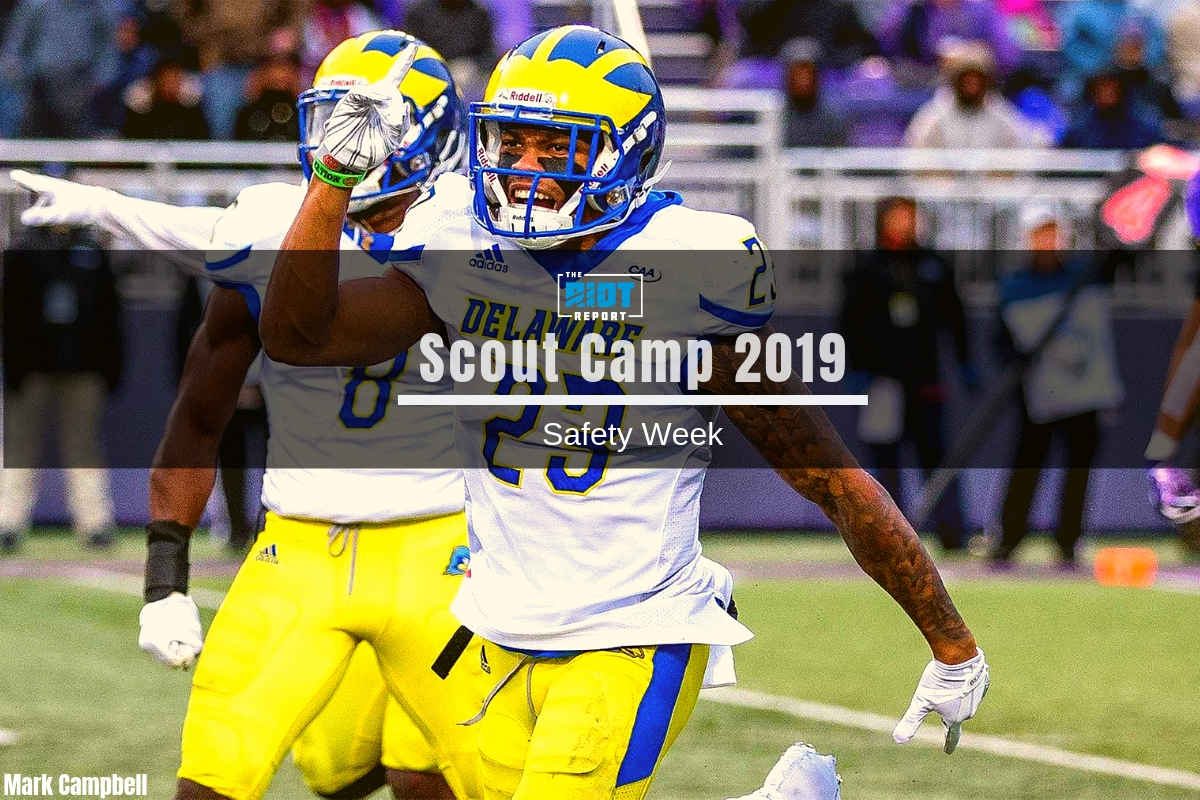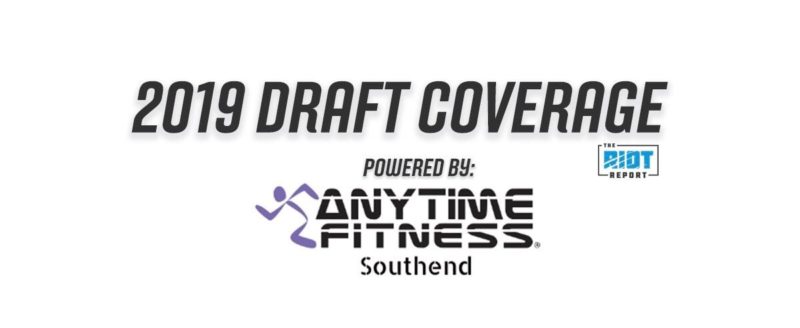The Panthers went into the 2019 offseason with a number of needs – while most have been addressed at least somewhat, one that has yet to receive any attention is free safety, with the current presumed starter being Da’Norris Searcy, who missed most of last season with a concussion. While this is something that the Panthers could still address before the draft – Tre Boston and Morgan Burnett are still unsigned – if they are unable to do so, this is a position they will likely target early in the 2019 draft. Before we get to the big board, I’d invite you to have a listen to our weekly podcast that complements our draft coverage – this week, Dan Kreso and I go through my entire safety board and what to look for if you’re a Panthers scout.
With that downloaded and in your podcast queue, what does the 2019 free safety class have to offer?
The Usual Housekeeping
Safeties can be one of the harder positions to project to the NFL due to the variety of ways in which teams use them; this, in turn, also means that different players will have different values to different teams based on their scheme suitability. Here, when I talk about free safeties, I am referring to players who are likely best suited to playing in the deep middle or in the slot – with the best prospects being the ones who flash the ability to do both, based on formation and personnel.
To do this, there is of course an athleticism component very similar to what you look for in cornerbacks. You want to see players show the straight line speed to cover the full width of the field as a high safety with the movement skills to break on routes and run across the field with receivers. These skills are also useful when it comes to covering receivers at the line in man coverage, though this puts an added emphasis on the ability to read and react while confined in tight spaces.
Further to these athletic traits, you also want to see players be able to process routes in zone coverage with the primary responsibility usually being to take away the deep routes – with the best players being able to simultaneously impact intermediate routes as well. As with any player asked to play in coverage, ball skills are always a plus.
In terms of run defense, players of course need to show the ability to tackle in space, and while nobody makes every tackle, the key is minimizing the number of missed tackles and not show a consistent theme in how they missed tackles. The run support angles players take and the ability to work off blocks and to maintain gap discipline, where relevant, is also important.
As always, these evaluations don’t take into account off-field concerns or medical issues.
Up Next: The Free Safety Big Board




